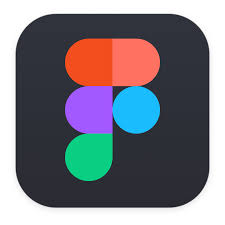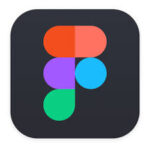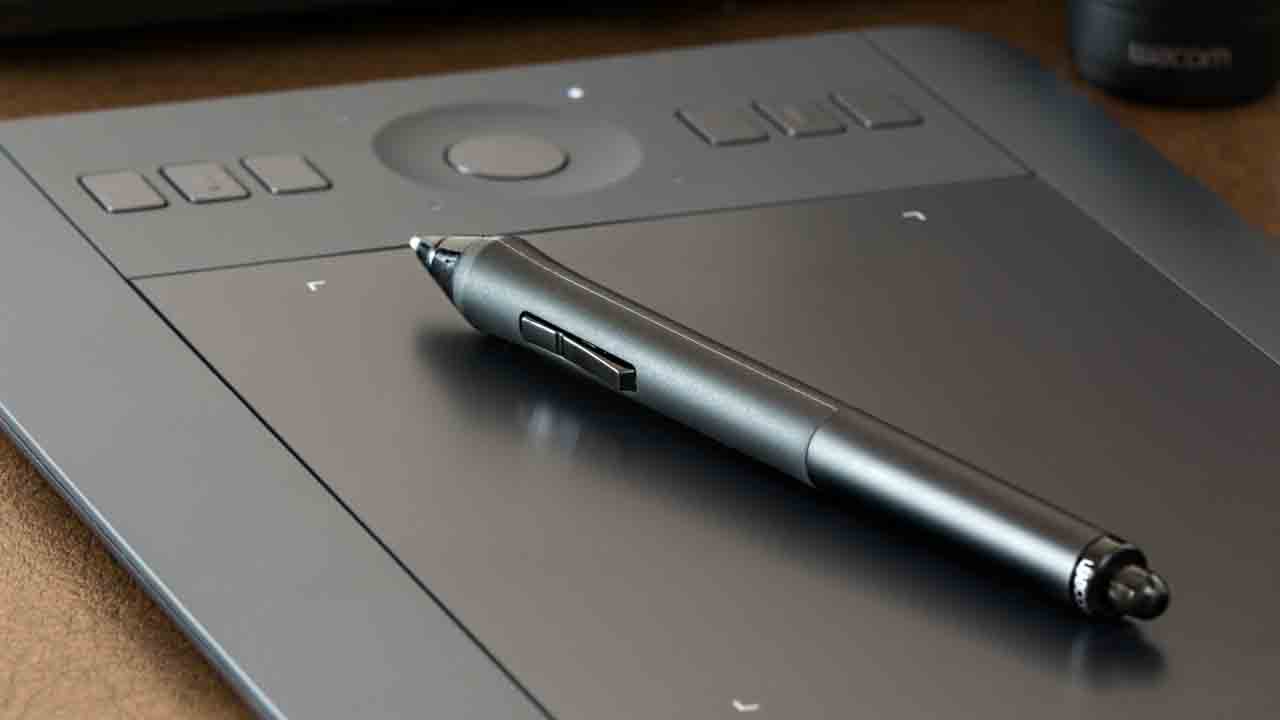Figma is a cloud-based design and prototyping tool that is widely used for designing user interfaces (UI), creating user experiences (UX), and collaborating on design projects in real time. It allows designers to create interactive prototypes, wireframes, and detailed visual designs, and share them with others for feedback and collaboration.

Key Features of Figma:
- Real-Time Collaboration: Figma allows multiple users to work on the same project simultaneously, making it ideal for team collaboration. Designers, developers, and other stakeholders can see changes in real time and provide instant feedback.
- Cross-Platform: Since Figma is web-based, it can be accessed on any platform (Windows, macOS, or Linux), and all project files are stored in the cloud. This eliminates the need for local installations and ensures your designs are always accessible from anywhere.
- Design & Prototyping: Figma provides comprehensive tools for creating both static designs and interactive prototypes. Designers can create wireframes, mockups, and high-fidelity UI designs and link screens together to simulate user flows and interactions.
- Version Control: Figma automatically saves versions of your design, making it easy to revert to previous versions or track the progress of a project over time. This is essential for managing large projects and ensuring design continuity.
- Components & Design Systems: Figma supports reusable components, which allows designers to create consistent UI elements like buttons, navigation bars, or icons. These components can be shared across different projects and teams, ensuring uniformity and efficiency.
- Plugins & Integrations: Figma has a wide range of plugins that extend its functionality, such as adding stock images, automating tasks, or integrating with design handoff tools like Zeplin and Jira. You can also integrate Figma with tools like Slack, Microsoft Teams, and others for team communication.
- Commenting & Feedback: Stakeholders can leave comments directly on the design files, which facilitates clear communication and feedback during the design process. This helps streamline the review process, especially for teams working remotely.
- Auto Layout: Figma’s Auto Layout feature makes it easy to design responsive layouts that adapt to different screen sizes, ensuring that your designs are optimized for multiple devices without needing manual adjustments.
- Team Libraries: You can create shared design libraries with global assets (like colors, fonts, and UI elements), ensuring consistency across different projects and teams. This is particularly helpful for maintaining a cohesive design system across a company.
- Mobile App: Figma also offers a mobile app to preview your designs on real devices, helping you visualize how your design will appear in real-world scenarios.
Why Figma Is Popular:
- Collaboration: Figma has gained significant popularity due to its collaborative features, which allow designers and non-designers (like product managers and developers) to easily collaborate in a seamless and interactive environment.
- Ease of Use: Its intuitive, user-friendly interface makes it accessible to both novice and experienced designers.
- Cloud-Based Accessibility: Being web-based, it provides the advantage of working on your design files from any location without the need for any specific software installation.
Figma vs. Other Design Tools:
- Figma vs. Adobe XD: While both are powerful tools for UI/UX design, Figma stands out in terms of collaboration features since it operates entirely in the cloud and allows for real-time teamwork. Adobe XD offers similar functionality but isn’t as collaborative or accessible across platforms as Figma.
- Figma vs. Sketch: Sketch is a popular design tool for macOS, but Figma offers cross-platform access and more robust collaboration features, making it more versatile for teams working in diverse environments.
Summary:
Figma is an excellent tool for UI/UX designers, product teams, and anyone involved in digital design projects. Its real-time collaboration, cloud-based functionality, and comprehensive design and prototyping tools make it a favorite for both individual designers and large design teams. Whether you’re creating high-fidelity prototypes or working on design systems, Figma provides all the tools you need to create exceptional user interfaces and experiences.

















